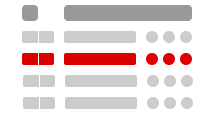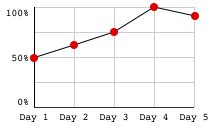parabola: a curve formed from all the points that are equidistant from the focus and the directrix.
vertex: midway between the focus and the directrix
focus: a point inside the parabola
directrix: a line outside the parabola and perpendicular to the axis of symmetry
conics formula for parabola:
p: distance between the vertex and the focus / directrix.
a: coefficient of the squared term
vertex: midway between the focus and the directrix
focus: a point inside the parabola
directrix: a line outside the parabola and perpendicular to the axis of symmetry
conics formula for parabola:
p: distance between the vertex and the focus / directrix.
a: coefficient of the squared term






